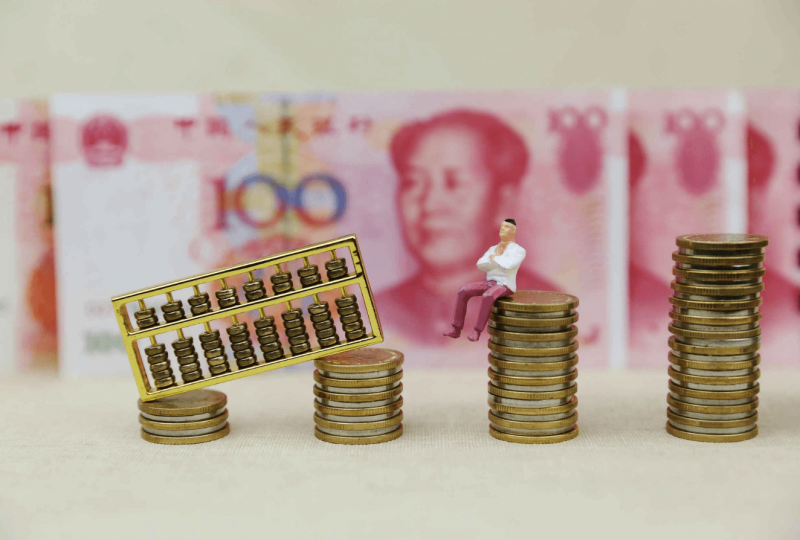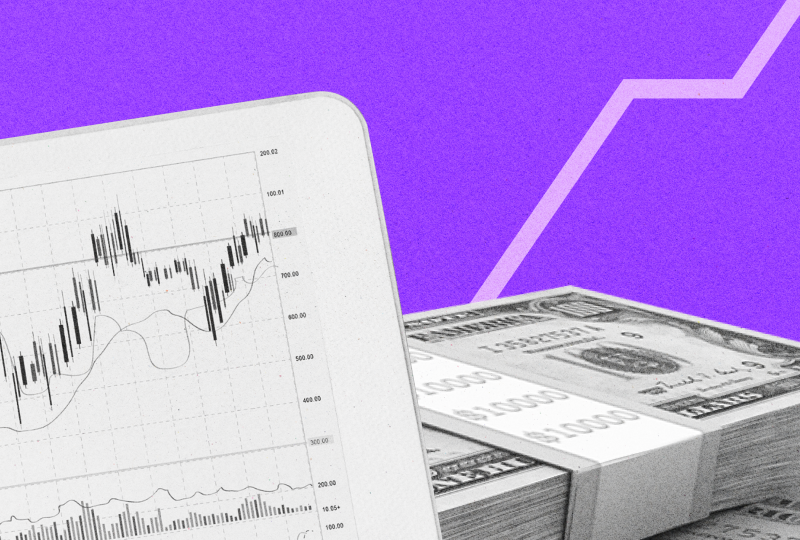China’s Central Bank Vows Greater Support For Real Economy
Dec 24, 2021

China's central bank offered further assistance for economic growth and stated it would modernize and target fiscal policy.
The People's Bank of China announced at the end of last week that it would start making more "assertive" financial policy instruments. The comment mentioned that "appropriate use" would be made of monetary policy instruments' quantitative and structural roles. This implies liquidity adjustments and initiatives aimed at specific communities.
Additionally, the central bank restated its goal of promoting "healthy" expansion in the real estate sector, protecting house purchasers' rights, and working to satisfy housing needs effectively.
The PBOC has so far shown restraint in terms of monetary incentive. Still, aspirations are rising that it will do extra next year, particularly if housing sector issues and sluggish private spending persist. With a number of foreign central banks , notably the Fed, considering tightening policies or already hiking rates, additional quantitative easing by the PBOC would exacerbate the disparity and might put downward pressure on the RMB.
Authorities emphasized their obligation to maintain a reasonable level of liquidity and stabilize credit rise. Additionally, the PBOC will maintain a relatively steady debt-to-GDP ratio to sustain the economic growth. It reaffirmed the Central Economic Work Conference's assessment that the home economy is confronted by three stuns: declining demand, disturbed supply, and lowered expectations.
The PBOC permitted banks to drop their benchmark lending rates by five basis points previously in December, after releasing 1.2 trillion yuan ($188 billion) of liquidity by reducing the number of cash banks are obliged to hold in reserve. It also decreased the interest rate on its minor company re-lending initiative, with credit growth rising last month after almost a year of decline.
On Saturday, the central bank stated that it would develop re-lending initiatives to assist smaller firms and large corporations decrease their carbon footprints. Additionally, it would direct banks to provide increased assistance to tech business, small businesses, private entities, and environmentally friendly initiatives. The PBOC also said it would inspire lenders to expand lending to the major industries.
Experts anticipate further easing in 2022, along with additional reserve requirement ratio reductions and perhaps a fall in policy interest rates since the protracted real estate slump is expected to continue to weigh on the economy. Additionally, officials said they would increase budgetary assistance in the next year to spur incentives to invest and infrastructure development.




